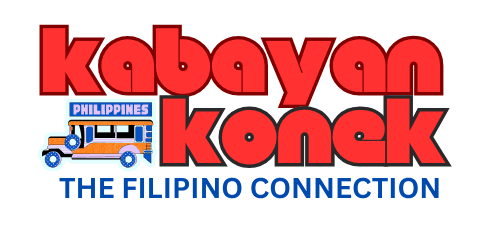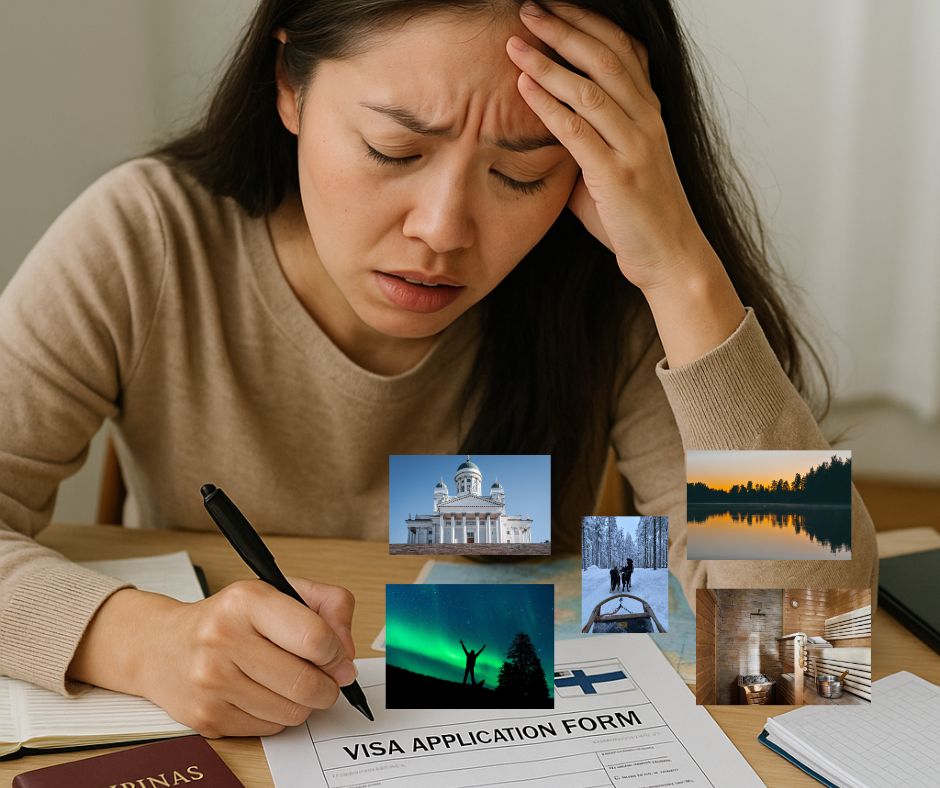




The allure of Finland for Filipino travelers is undeniable—pristine Arctic landscapes, the magical Northern Lights, and vibrant cities that seamlessly blend modernity with nature. But before packing those winter boots and camera gear, Filipino passport holders must navigate the Schengen visa process, a system that demands precision and preparation. Unlike visa-free destinations that Filipino travelers might be accustomed to, Finland's requirements reflect the meticulous nature of Nordic bureaucracy—exacting but ultimately fair for those who understand its rhythms.
Understanding the Schengen Visa for Finland
For Filipinos dreaming of husky rides through snowy forests or midsummer nights under the midnight sun, the Schengen visa serves as the golden ticket. Finland, as part of the Schengen zone, allows visitors to explore not just its own territory but 25 other European countries with a single visa. The catch? Applicants must demonstrate genuine intent as tourists—with bank statements, detailed itineraries, and proof of rootedness in the Philippines that assures officers of their return.
The process isn't designed to discourage visitors but to filter out those who might overstay. Finland's immigration system operates on trust balanced by verification. Approval rates hover around 85% for complete applications from the Philippines, but the 15% who face rejection often stumble on avoidable mistakes—inconsistent travel dates, insufficient financial proof, or vague explanations of their trip's purpose.
The Essential Requirements: More Than Just Paperwork
At its core, the Finland Schengen visa application for Filipinos revolves around three pillars: financial capacity, travel purpose, and ties to home country. The documents required form a narrative about the applicant—one that should clearly say "tourist who will return."
A certified bank statement showing at least ₱100,000 (for a two-week trip) has become the unofficial benchmark among successful applicants. But the amount alone doesn't convince—officers look for steady income patterns rather than sudden large deposits. A freelancer might supplement with client contracts and tax returns, while employees benefit from consistent payroll deposits visible in their transaction history.
The travel itinerary requires equal attention. Generic day-by-day plans copied from travel blogs raise red flags. Savvy applicants craft personalized schedules that account for realistic travel times between Finnish cities—no one believes a tourist can properly experience Helsinki, Rovaniemi, and Turku in three days. Including confirmed hotel bookings (preferably refundable) and intercity transport reservations strengthens the application, though purchasing non-refundable tickets before visa approval remains risky.
The Application Journey: Step by Step
Filipinos must apply through VFS Global's Finland visa centers in Manila or Cebu, where the process begins with an online appointment that's often booked weeks in advance. The actual submission involves a carefully choreographed dance—arrive too early and wait outside, arrive late and reschedule, arrive perfectly on time with incomplete documents and the entire timeline unravels.
Biometric data collection adds another layer. Unlike some countries that reuse fingerprints from previous applications, Finland requires fresh biometrics for each submission. The process takes mere minutes but demands perfect timing—applicants with even minor cuts or abrasions on their fingertips get turned away until healed.
Processing times officially range from 15 to 30 calendar days but vary seasonally. Summer applicants (planning for midnight sun experiences) face longer waits, while those applying during the dark winter months (November to January) often receive decisions quicker. The system shows no outward favoritism, but retirees with substantial savings and established professionals with clear employment histories tend to navigate it more smoothly than young, single applicants without extensive travel records.
Common Pitfalls and How to Avoid Them
The devil lives in the details with Schengen visa applications. A surprising number of rejections stem from minor oversights rather than major issues. Travel insurance purchased from non-recognized providers tops the list—Finland requires policies from companies accredited in Schengen countries, with minimum coverage of €30,000. Many Filipino applicants learn too late that their local HMO's travel add-ons or Asian insurance products don't qualify.
Invitation letters from Finnish hosts present another stumbling block. While having friends or family in Finland can strengthen an application, the invitation must include specific details—the host's financial commitment to the visitor's stay, their own residency status verification, and notarized copies of their passport's biometric page. Casual emails promising accommodation won't suffice.
Perhaps most frustrating are the silent rejections—applications returned without clear explanation. Veterans of the process recommend requesting refusal letters (available upon written request) which often reveal subtle issues like insufficient daily funds calculation (currently €50 per day minimum) or inconsistencies between claimed itinerary and actual flight reservations.
The Interview: Reading Between the Lines
While not all applicants face interviews, those called in encounter a peculiar dynamic. Finnish consular officers conduct conversations more like polite interrogations than friendly chats. A question about favorite Finnish destinations tests authentic interest—name-dropping Santa Claus Village might work for first-timers, but seasoned applicants mention less obvious gems like the Archipelago Trail or Helsinki's Design District.
Officers particularly scrutinize employment situations. A business owner must demonstrate company stability through registration papers and tax returns. Employees need not just leave approvals but evidence the employer genuinely expects their return—this becomes trickier for contractual workers or those in industries with high overseas turnover.
Approval and Beyond: Making the Most of the Visa
Successful applicants receive a sticker visa in their passport, its dates carefully matching the requested itinerary. First-time recipients often get exactly the dates asked for, while those with prior Schengen compliance might enjoy slightly more generous validity. The real prize comes with subsequent applications—Filipinos who honor previous visa terms frequently graduate to multi-entry visas valid for years.
Upon arrival in Finland, border officers conduct final checks, though rarely as thorough as the visa process itself. The digitalization of travel documents means fingerprints taken during the application now link to border control systems—a reminder that the Schengen zone's open borders come with sophisticated tracking.
The Bigger Picture: Visa as Gateway
What begins as a bureaucratic hurdle often transforms into something more profound. Filipino travelers returning from Finland frequently describe more than just tourist experiences—they speak of cultural revelations. The quiet efficiency of Finnish public transport, the unspoken social trust in lost-and-found systems, the startling accessibility of nature even in urban centers—these impressions linger long after passport stamps fade.
The visa process itself offers its own lessons. There's a particular Finnish logic to its requirements, one that values preparation and honesty over performative wealth displays. Applicants who approach it with respect for its rhythms—neither rushing nor resenting the steps—often find the experience mirrors Finland itself: demanding at first glance, but ultimately fair and rewarding for those willing to meet its standards.
For Filipino travelers, the Schengen visa represents more than permission to visit—it's an initiation into a different way of moving through the world. One where rules exist not to frustrate but to protect, where nature commands as much respect as cities, and where the journey's bureaucratic beginnings fade into the background of what becomes, for many, a transformative travel experience. The paperwork may be daunting, but the reward is standing beneath the aurora borealis, knowing every stamped document was worth it.
Please log in to leave a comment.
No comments yet. Be the first to comment!